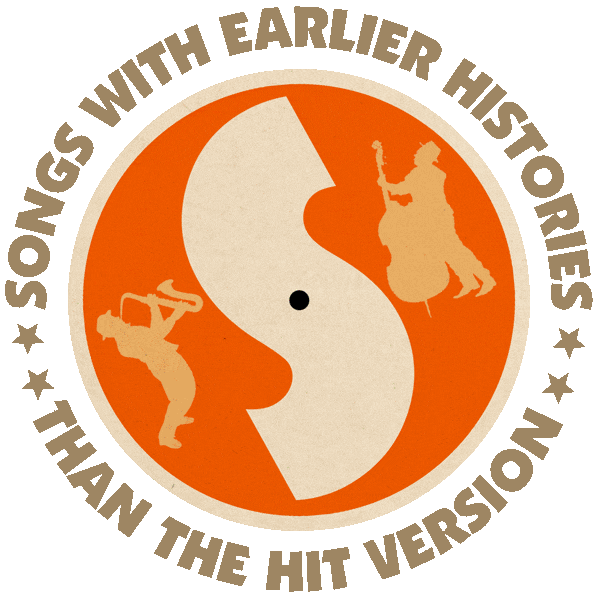First recorded (as demos titled “My Life” and “Don’t Be Crazy”) by John Lennon (1980).
Hit version by John Lennon (US #1/UK #1/CAN #1/AUS #1 1980).
From the wiki: “‘(Just Like) Starting Over’ was written and performed by John Lennon for his album, Double Fantasy. Although its origins were in unfinished demo compositions like ‘Don’t Be Crazy’ and ‘My Life’, it was one of the last songs to be completed in time for the Double Fantasy album sessions. ‘We didn’t hear it until the last day of rehearsal,’ producer Jack Douglas said in 2005. Lennon finished the song while on holiday in Bermuda, and recorded it at The Hit Factory in New York City just weeks later.
“The original title was to be ‘Starting Over’. ‘(Just Like)’ was added at the last minute because a country song of the same title had recently been released by Tammy Wynette.
“While commercial releases of the song (original 45 rpm singles, LP’s and Compact Discs) run a length of three minutes and 54 seconds, a promotional 12” vinyl single originally issued to radio stations features a longer fade-out, officially running at four minutes and 17 seconds. This version is highly sought by collectors.
“It became Lennon’s biggest solo American hit, posthumously, staying at #1 for five weeks.”

